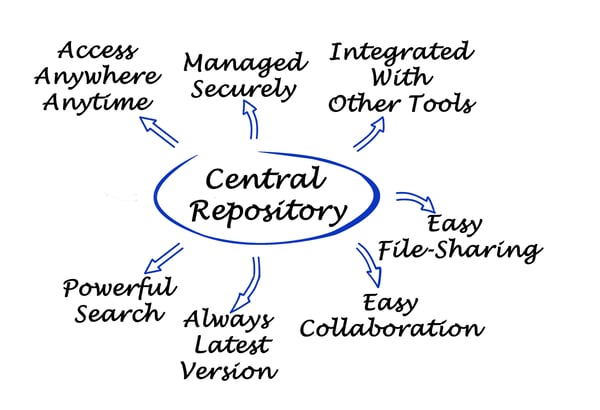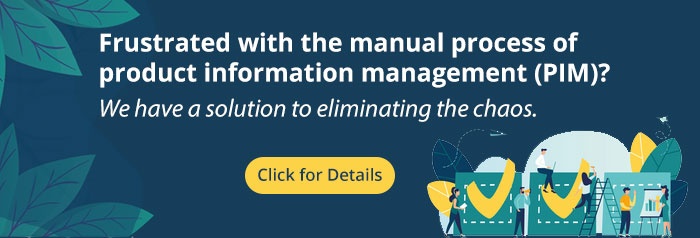 Healthcare manufacturers and distributors are often misaligned in terms of product information. This communicative roadblock is amplified by manual processes and products continuously being added into the mix. As the healthcare industry adapts to digital transformation, new, pioneering technology is emerging to streamline and unify previously disparate systems and processes.
Healthcare manufacturers and distributors are often misaligned in terms of product information. This communicative roadblock is amplified by manual processes and products continuously being added into the mix. As the healthcare industry adapts to digital transformation, new, pioneering technology is emerging to streamline and unify previously disparate systems and processes.
For manufacturers and distributors who currently have no defined PIM data-sharing process to follow, the Health Industry Distributors Association has released a handy guidebook as an ongoing resource “to define industry standards that improve e-commerce capabilities between healthcare manufacturers and distributors.” You can find the HIDA PIM Reference Guide here.
What is PIM software?
PIM software serves as a central repository for product information and patient data that can be accessed by authorized users and systems at any time, with changes and updates that reflect in real time.
PIM software can standardize a method of sharing between manufacturers and distributors or internal departments, whereby product information and imagery is transmitted electronically, when and where it is needed. This skips the usual delays and informational inaccuracies caused by back-and-forth communication.
There are a variety of PIM programs available, including PIM application program interface software that allows you to grant user permissions to distributors outside of your business.
The benefits of adopting PIM software
When implemented correctly, PIM software is a compliant, cost-effective, and robust way to safeguard patient and product information between various stakeholders.
Key benefits include:
Data safety: One of PIM’s greatest advantages is that all of your product information is held in one safe, secure place. Any necessary updates happen in real-time and can be accessed by the relevant professional, as and when they require the information.
Maintaining compliance: In the past, staff would have to record and collate information manually, which increased the chances of incorrect or outdated information being supplied. PIM uses automation to avoid these mistakes, housing product data in one place to reduce leaks, and simplify processes.
Return on investment: Data safety mitigates costly errors and litigation. Additionally, and because all data is accurately charted and tracked, professionals are able to see where they’re spending too much and take alternative — less expensive — routes.
Use a PIM API for ease of implementation
While there are a variety of PIM software programs available, they need to be implemented and synced with your website and existing ERP systems. That said, a PIM software program is not the only option available to manufacturers and distributors wanting to exchange data safely.
A PIM application program interface (API) connects applications to your systems so that they can access data and interact with external software components, operating systems, or microservices. Essentially, a PIM API grants distributors access to a manufacturer’s product catalog with a unique API key. The manufacturer can thus control which information is shared, mapping it to match the corresponding fields in the distributor’s system. The benefits of a PIM API include:
- Personnel requiring access to a manufacturer's product catalog will simply need their developers to query the API endpoint.
- An API endpoint for “recently updated SKUs” can be used to automatically identify products that need to be updated by the distributor.
- A time-saving self-service portal can provide distributors with the option to structure a spreadsheet format for download.
- Because product updates happen automatically, distributors can save time by investing in API endpoints.
If you are interested in learning more about the above capabilities and benefits, reach out to KBK Communications to learn more. You can schedule an appointment for a consultation.








